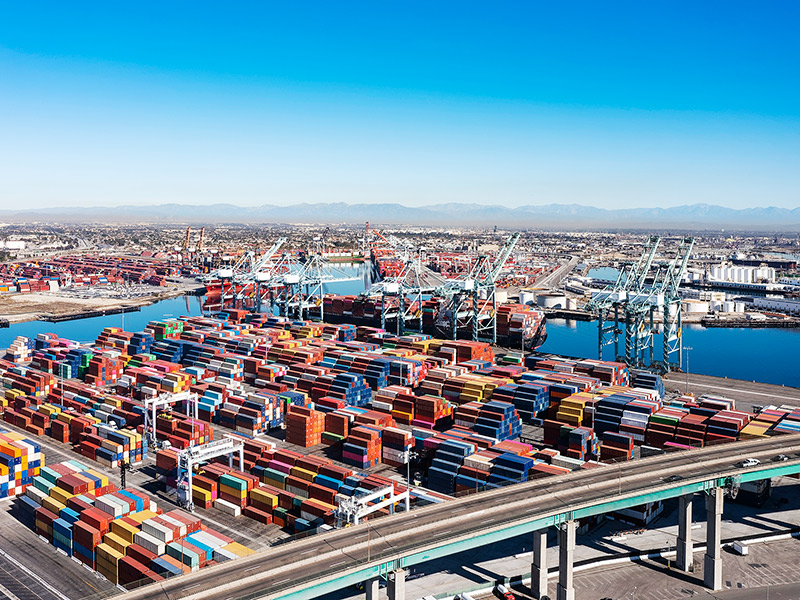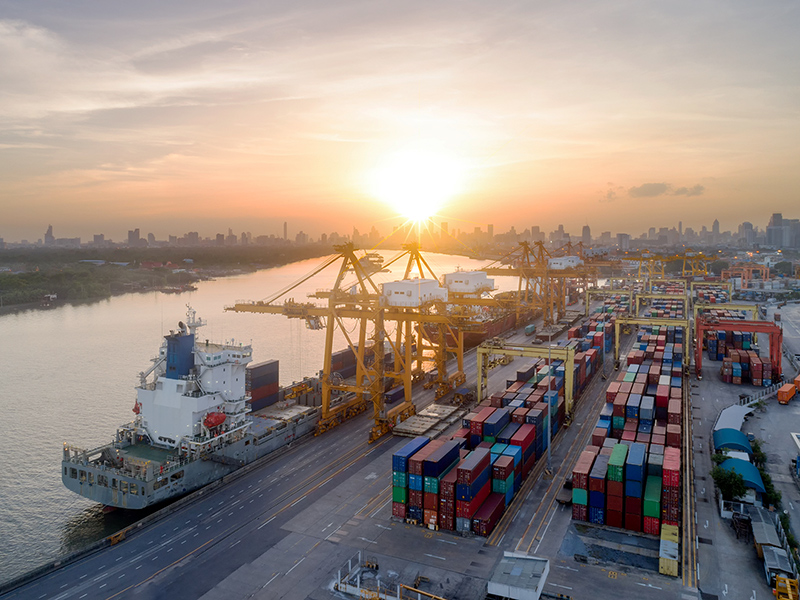
Photo by NirutiStock on iStock
Authors
-
Erin Leitheiser
Former Associate Director, Nature, BSR
Joachim Marc Christensen, Head of Programmes, UNGC Denmark
Key Points
- On average, scope 3 emissions are 11 times higher than a company’s operational emissions, making supplier engagement crucial to achieving net zero.
- While there is no “perfect recipe” for supplier engagement and scope 3 emissions reduction, common themes can help guide action.
- Integrating net zero into management and procurement, tailoring support for suppliers, and engaging in partnerships are key priorities for accelerating decarbonization.
The science is clear: companies need to halve greenhouse gas (GHG) emissions by 2030 and reach net-zero by 2050 to avoid the worst impacts of climate change. For some years, companies have had the chance to commit to these targets via the Science Based Targets initiative (SBTi) and directly contribute to reaching the goals of The Paris Agreement. Thankfully, the number of commitments from business has risen exponentially.
Given that upstream scope 3 emissions on average are more than 11 times higher than a company’s operational emissions, supplier engagement stands as a critical avenue for reaching net zero. Supplier engagement represents relatively new territory for many companies. Many have yet to engage in difficult conversations with key suppliers to demand action, and best practice is in short supply.
BSR and the UN Global Compact Network Denmark made a ‘call for cases’ last year to gather good examples of how to engage suppliers in climate targets. The new report Supplier Engagement in Action: Examples from Denmark on Scope 3 Reductions is the result. It provides concrete examples and clear guidance in an effort to inspire and motivate other companies to take climate action with their suppliers.
The eight cases in the report prove that there is no “perfect recipe” for supplier engagement and scope 3 emissions reduction, and each company must create its own strategy.
There are, however, common actions from companies within the report:
- Integrate climate considerations into procurement: Procurement departments are on the ‘front line’ of scope 3 and need the education, tools, and business alignment to operationalize decarbonization into their everyday practices. TDC NET, a telecommunications provider, has created a specialized tool to determine the carbon intensity of sourced products and materials and puts supplier in its development program to support their decarbonization over time when lower-carbon alternatives are not available. Arla Foods, a dairy cooperative, has implemented a system where farmers will fetch higher prices for their products based on the climate and nature interventions they implement, such as land use, feed efficiency, soil biodiversity, and use of renewable energy.
- Top-down support and internal buy-in: Support from top management is necessary to ensure alignment between decarbonization and overall business goals, as well as necessary resources.
- Segmenting scope 3 emissions and suppliers: No company can tackle everything at once, so mapping the supply chain to locate hotspots, understand supplier maturity on climate, and identify possible abatement levers can help companies in taking tailored, manageable, and effective action on decarbonization.
- Continuous dialogue, cultural understanding, and supplier support: Companies may have a very diverse supplier base, so tailoring asks and solutions to specific geographies and offering materials in local languages can help bring suppliers along the journey more effectively.
- Tracking progress through best-available climate data: Effective climate action is underpinned by reliable climate data— the adage ‘you can’t manage what you don’t measure’ —so utilizing credible, third-party databases like CDP or collecting primary data can help to track and ensure progress over time.
- Partnerships for decarbonization challenges. Many challenges cannot be solved by any one company alone, making partnerships for decarbonization— such as R&D for lower-carbon products —a key component of decarbonization. For example, VELUX, a company that produces windows and related products, has identified its biggest GHG hotspots and co-developed a low-carbon solution using recycled aluminum to achieve reductions that were impossible if they acted alone.
We hope that these insights can help your company to advance your scope 3 strategy. In the decisive decade, we call on companies to take action, learn from their mistakes, and keep moving ahead on the journey to net zero.
Access to the full report: Supplier Engagement in Action: Examples from Denmark on Scope 3 Reductions
Topics
Let’s talk about how BSR can help you to transform your business and achieve your sustainability goals.







